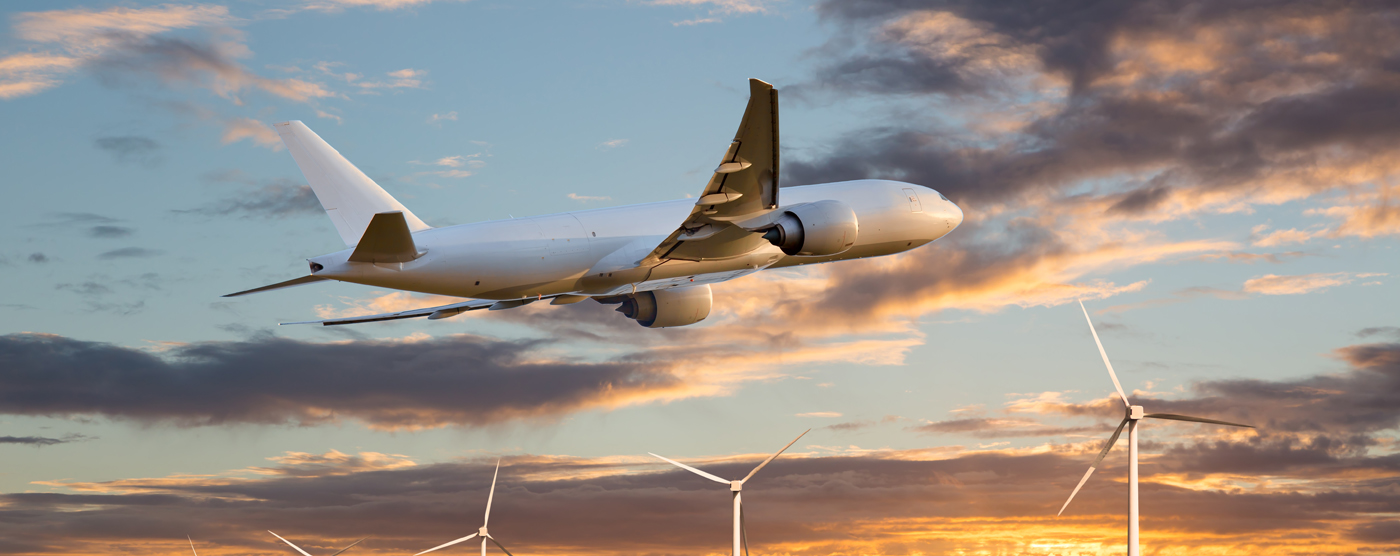Norway Hopes to Develop Electric Airplanes for Pollution-Free Aviation

Electric airplanes may become a reality sooner than we think as Norway launched its inaugural flight of an electric two-seater plane last June. With some of the busiest flight routes in Europe, Norway is striving to be a pioneer in the electric airplane industry with hopes of launching its first commercial electric-powered aircraft within the next 10 years.
Tesla-inspired
When we hear today’s buzz about electric engines our minds turn to Tesla, the American multinational corporation that specializes in electric vehicles. Norway is no stranger to Tesla, as the country boasts one of the largest Tesla markets selling around 8,500 cars last year. This comes on the wings of western Europe’s largest oil and gas exporter pledging to cut greenhouse gas emissions by 40 percent by 2030. This dedication to clean living has prompted Norway to use the tourism sales pitch “Powered by Nature” to further their efforts to be a pioneer in the electric plane market.
Electric flight
The two-seater electric plane made by Slovenian manufacturer Pipistrel took off from Oslo Airport with none other than the transport minister in the passenger seat. With a flight time of up to one hour, this groundbreaking test-flight may just be the beginning of pollution-free aviation, according to Avinor, a state-owned company that operates Norway’s airports.
Cleaner, quieter skies
Since jet engines run on fuel they not only produce fossil-fuel emissions but noisy skies. Electric engines can be the answer to both of these environmental issues but not without limitations. With cleaner, quieter skies comes the question, “Where does the pilot recharge the plane?” The reality is planes need to land somewhere to refuel, but in the case of electric planes it’s a matter of recharging.
Vaughn’s take
Capt. Pete Russo, PhD, department chair and assistant professor of aviation at Vaughn College weighed in on the future of electric airplanes. “I’m in favor of electric airplanes,” said Russo. “The electronics in today’s planes is already advancing beyond our expectations. The work being done in Norway is demonstrating the capability of what we need to create pollution-free aviation.” Russo said the manufacturing of electric engines weighs heavily on the industry and making the switch to electric would have a major impact on how we approach the future of aviation. “Tesla has revolutionized the electric car industry,” said Russo. “It’s just a matter of time before we see electric planes in our skies.”
Airports getting on board
Airports servicing electric planes will need to get on board with a new flight planning process to accommodate this new wave of aviation. Here are a few ways airports and aviation personnel will need to adapt:
- Airports will need to install charging stations
- Flight times will need to be adjusted since electric planes fly at a slower rate of speed than jet-propelled engines and will need time to recharge
- Pilots will need to track their charge the same way they monitor their fuel supply.
Charging ahead
Some say it’s not a matter of “if” but “when” that we see electric airplanes in our skies. The possibility of electric-flight covering short distances may be in our future, but skeptics say there’s no indication we may be replacing today’s long-haul flights with electric propulsion.

